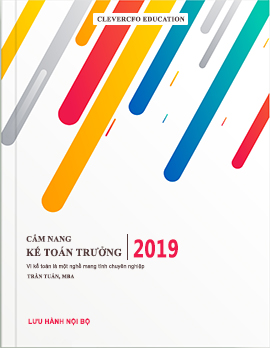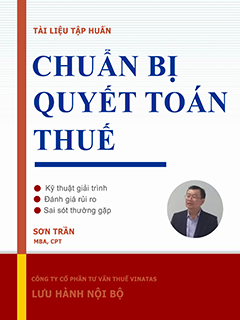Theo đề nghị của bác Thiên Thanh, em lọ mọ copy và past lên đây chuẩn mực này .
Theo tiếng Anh của em thì nó nôm na là " TSCĐ giữ để bán và hoạt động không liên tục "
Và đây là phần đầu của nó :
Theo tiếng Anh của em thì nó nôm na là " TSCĐ giữ để bán và hoạt động không liên tục "
Và đây là phần đầu của nó :
Objective
1. The objective of this IFRS is to specify the accounting for assets held for sale, and the presentation and disclosure of discontinued operations. In particular, the IFRS requires:
(a) assets that meet the criteria to be classified as held for sale to be measured at the lower of carrying amount and fair value less costs to sell, and depreciation on such assets to cease; and
(b) assets that meet the criteria to be classified as held for sale to be presented separately on the face of the balance sheet and the results of discontinued operations to be presented separately in the income statement.
Scope
2. The classification and presentation requirements of this IFRS apply to all recognised non-current assets (*) and to all disposal groups of an entity. The measurement requirements of this IFRS apply to all recognised noncurrent assets and disposal groups (as set out in paragraph 4), except for those assets listed in paragraph 5 which shall continue to be measured in accordance with the Standard noted.
3. Assets classified as non-current in accordance with IAS 1 Presentation of Financial Statements (as revised in 2003) shall not be reclassified as current assets until they meet the criteria to be classified as held for sale in accordance with this IFRS. Assets of a class that an entity would normally regard as non-current that are acquired exclusively with a view to resale shall not be classified as current unless they meet the criteria to be classified as held for sale in accordance with this IFRS.
4. Sometimes an entity disposes of a group of assets, possibly with some directly associated liabilities, together in a single transaction. Such a disposal group may be a group of cash-generating units, a single cash-generating unit, or part of a cash-generating unit. (**) The group may include any assets and any liabilities of the entity, including current assets, current liabilities and assets excluded by paragraph 5 from the measurement requirements of this IFRS. If a non-current asset within the scope of the measurement requirements of this IFRS is part of a disposal group, the measurement requirements of this IFRS apply to the group as a whole, so that the group is measured at the lower of its carrying amount and fair value less costs to sell. The requirements for measuring the individual assets and liabilities within the disposal group are set out in paragraphs 18, 19 and 23.
5. The measurement provisions of this IFRS (***) do not apply to the following assets, which are covered by the Standards listed, either as individual assets or as part of a disposal group:
(a) deferred tax assets (IAS 12 Income Taxes).
(b) assets arising from employee benefits (IAS 19 Employee Benefits).
(c) financial assets within the scope of IAS 39 Financial Instruments: Recognition and Measurement.
(d) non-current assets that are accounted for in accordance with the fair value model in IAS 40 Investment Property.
(e) non-current assets that are measured at fair value less estimated point-of-sale costs in accordance with IAS 41 Agriculture.
(f) contractual rights under insurance contracts as defined in IFRS 4 Insurance Contracts.
(*) For assets classified according to a liquidity presentation, non-current assets are assets that include amounts expected to be recovered more than twelve months after the balance sheet date. Paragraph 3 applies to the classification of such assets.
(**) However, once the cash flows from an asset or group of assets are expected to arise principally from sale rather than continuing use, they become less dependent on cash flows arising from other assets, and a disposal group that was part of a cash-generating unit becomes a separate cash-generating unit.
(***) Other than paragraphs 18 and 19, which require the assets in question to be measured in accordance with other applicable IFRSs.
Đính kèm
Sửa lần cuối:









 ( nhưng ý kiến thì em phải đọc và xem lại )
( nhưng ý kiến thì em phải đọc và xem lại ) Không các bác lại chờ
Không các bác lại chờ 

